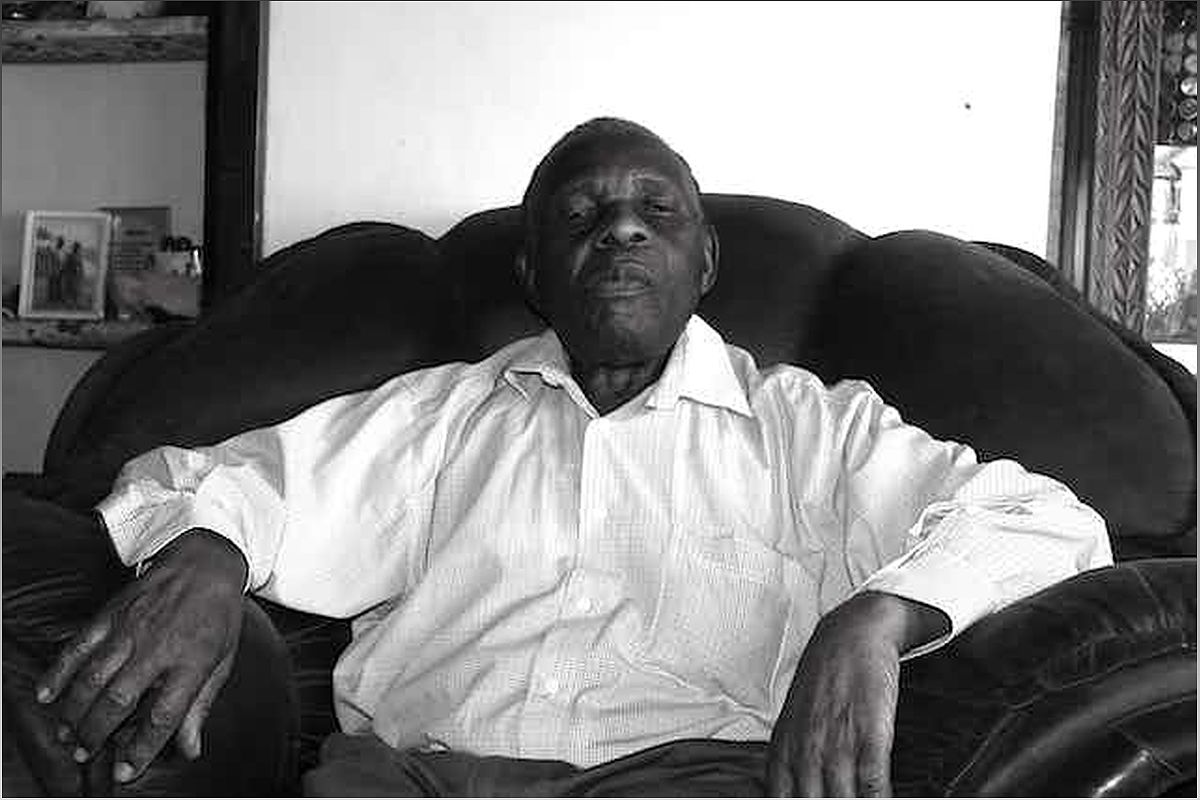Welcome to the captivating world of John Hlatywayo, a painter, sculptor, and mentor whose artistic brilliance has long been overshadowed. In this article, we delve into the life and works of this remarkable artist, shedding light on his often-neglected contributions to the art history of Zimbabwe and southern Africa. Join me as we explore Hlatywayo's unique style, his commitment to teaching, and the transnational exchange of art traditions that shaped his journey.
Unveiling the Forgotten Artist
Explore the overlooked artist of Zimbabwe and southern Africa
Amidst the vibrant art scene of Zimbabwe and southern Africa, one artist's name has been unjustly forgotten - John Hlatywayo. Despite his immense talent and versatility, Hlatywayo's contributions to the art history of the region have been overshadowed by other artists. Let's delve into the life and works of this remarkable artist, and shed light on his often-neglected legacy.
What led to Hlatywayo's obscurity? While stone sculptors gained international attention, Hlatywayo focused on portraying aspects of people's daily lives and creating conceptual pieces using different media. His dedication to capturing the essence of everyday experiences sets him apart from his contemporaries.
A Journey of Artistic Exploration
Discover Hlatywayo's artistic journey and influences
Hlatywayo's artistic journey began in Rhodesia (now Zimbabwe) during his primary school years at the Mount Selinda Institute. It was here that his passion for art ignited, setting him on a path of creative exploration. In 1948, he ventured to South Africa, where he found work in Johannesburg and Pretoria.
During his time in Johannesburg, Hlatywayo had a fateful encounter with Cecil Skotnes, a celebrated South African artist. This meeting would prove to be a turning point in his artistic development, inspiring him to pursue his craft with even greater fervor.
From 1952 to 1966, Hlatywayo honed his skills at the Polly Street Art Centre in Johannesburg. This creative hub provided a nurturing environment for artists, fostering collaboration and pushing boundaries. Hlatywayo's unique style began to emerge, catching the attention of art enthusiasts and critics alike.
The Artistic Vision
Delve into Hlatywayo's unique artistic vision
Hlatywayo's artistic vision was deeply rooted in portraying the intricacies of people's daily lives. He strived to capture the essence of human experiences, using various media to bring his concepts to life. His artworks beautifully blend realism with abstract elements, creating thought-provoking pieces that invite viewers to reflect on their own lives.
One of Hlatywayo's notable contributions was his dedication to teaching and mentoring aspiring artists. He firmly believed in the power of art education and volunteered to teach at the national gallery's art classes in Mbare. His selflessness and commitment to nurturing talent left an indelible mark on the artistic community.
Recognition and Legacy
Explore Hlatywayo's exhibitions and lasting impact
Although overlooked in mainstream art history, Hlatywayo's talent did not go unnoticed. He exhibited his works in various institutions in Zimbabwe and gained international recognition after the country's independence in 1980. His pieces can be found in prestigious collections, including the Wits Art Museum and the National Gallery of Zimbabwe.
In 2016, towards the end of his career, Hlatywayo participated in a two-man exhibition with Tafadzwa Gwetai in London. This event showcased his remarkable body of work and solidified his place in the art world.
Hlatywayo's legacy extends beyond his artistic achievements. His dedication to teaching and promoting art education continues to inspire future generations of artists in Zimbabwe and beyond. His story serves as a reminder of the importance of recognizing and celebrating the contributions of overlooked artists in shaping the art world.

